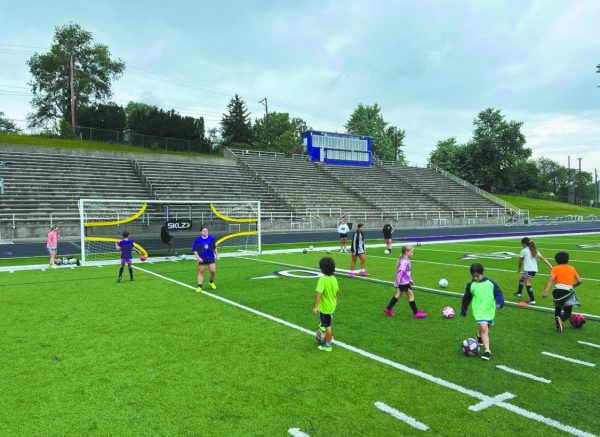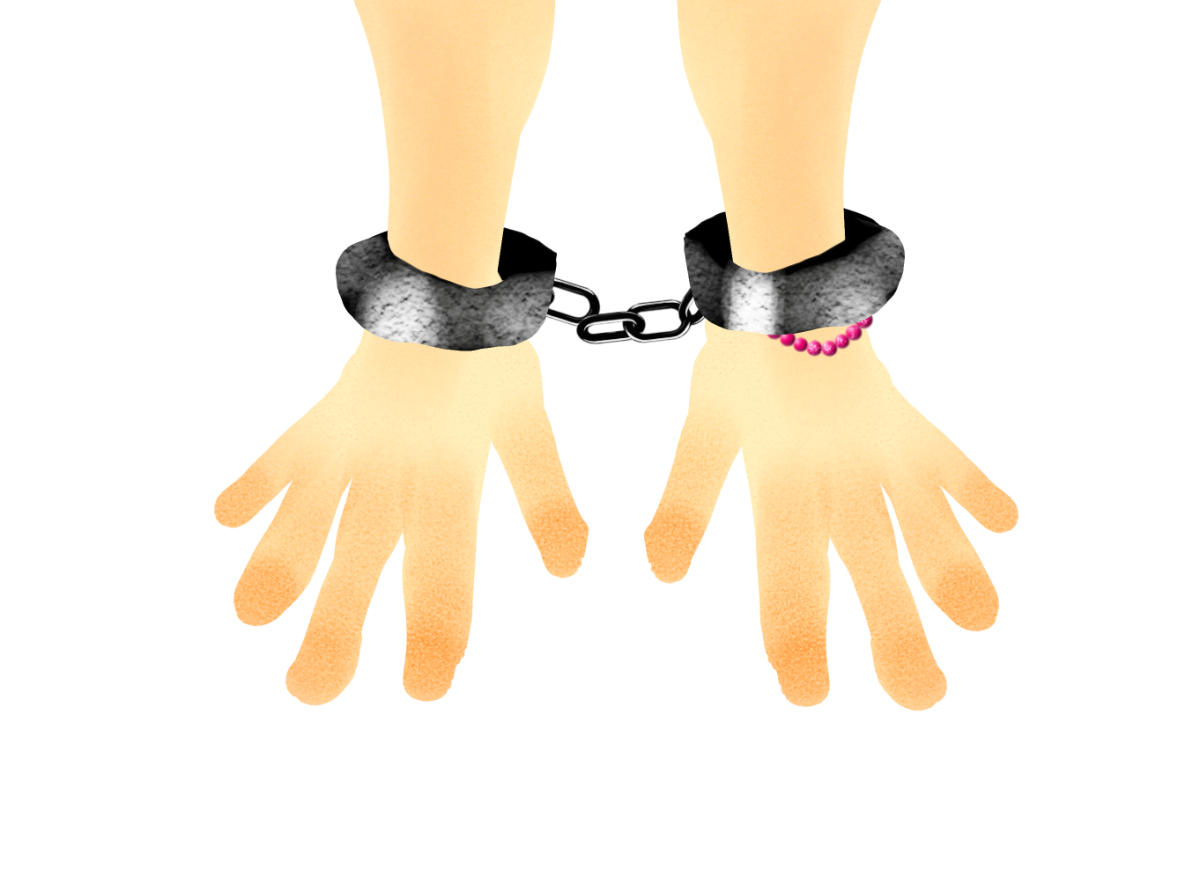Students everywhere have the right to express themselves in public schools through the First Amendment while still following their school’s rules.
According to My School My Rights, student expression can be found in the First Amendment under freedom of speech. What this means is students have the right to “express your ideas and beliefs the way you choose,” and it protects what students write and say, as well as how they express themselves in different ways.
“Under the First Amendment, students and adults alike have the right to express their thoughts and feelings verbally, under the form of freedom of speech,” Bellevue Police Department School Resource Officer Kelli Brown said.
At school, students have the right to express themselves in many different ways, such as through how they interact with others, what they write in their English papers, student media, or even through their clothing.
“I see students express themselves verbally by speaking their opinions, through clothing by wearing attire which represents a certain topic they feel strongly about, through music such as songs about things they feel strongly about, and artwork,” Brown said. “Artwork is likely a big portion of personal expression, and it can be in the form of anything the artist wishes for it be, both appropriate and inappropriate.”
Another example seen in school is students not standing up for the Pledge of Allegiance. Legally, schools cannot require students to say the pledge or even stand up, non participating is part of their First Amendment rights. Some students at Bellevue East do not want to acknowledge the pledge, and while that may annoy some school authorities.
“I feel like we’ve pledged our allegiance for the past 9 years. I think we’re pretty allied with the flag and this country in general; after a certain point it just gets kind of weird,” freshman August Vertner said.
According to the Free Speech Center, the Supreme Court case of Tinker v. Des Moines decided that student’s First Amendment rights of religion, assembly, press, petition, and speech also applied on public school campuses. This is important for students to note because otherwise they would not be allowed to do so many things that have a huge impact on their daily life. In schools, students are free to express themselves as long as they do not create a distracting or inappropriate environment.
“The biggest thing is, is it going to disrupt the educational process. If you say ‘Man, I really hate school,’ that is probably not going to affect the school process, but if you say something that’s a lot more derogatory or inflammatory, so it is all about making sure that we have a good educational process,” Dean Charles Wright said.
Even though students have rights to express themselves freely, not everything is condoned in schools. The First Amendment as it is applied in public schools, for example, does not allow things such as threats or anything that can put a halt to learning. The deans and the school resource officers are not there to limit student expression, but to step in when it possibly gets out of control.
“So the big thing that we look at is being a distraction to the educational process. Obviously inappropriate alcohol shirts, cigarette shirts, artillery shirts, things that could be a distraction to the educational process, that is where we’re going to kind of draw the line and have them do some different things or change,” Wright said.
Another way students could express themselves in an inappropriate manner is threatening others. While threats outside of school are a police matter, any threat or person making the threat that enters the school is not a protected right, and students will be punished for the safety of others.
“Threats, threats to school, threats to individuals, we take those very serious,” Wright said. “So those and those would get addressed primarily outside of school. Where it becomes tricky is when it gets brought into the school. Say somebody made a post outside ‘Oh, I’m going to beat you up,’ but then it comes into school, and then we have a disruption here, so we have a disruption in the educational process, so then we have to work through what was posted outside because that was then brought here.”
In the end, what is important for students to know is that there are rights according to the U.S. Constitution that protects student expression in public schools, but that expression needs to be done in a peaceful and appropriate manner. As long as students abide by these rules, they can express themselves and who they are without worrying about what the law might say about it.
“Well, I would say student expression means to me how you present yourself and how you interact with others, and present yourself via what clothing you wear or present yourself by how you stand, how you walk, how you say hello to other people, and you can be nice to other people, you could be rude, you could be just not caring, and that’s just how you express yourself,” Vertner said.
![Ensuring safety. If given a reason, the school resource officer reserves the right to search a student’s belongings. As a safety precaution, SROs wear gloves when searching a student’s backpack. “So [for a] backpack search, if we have to do a backpack search, we have to have a few things. We have to have existent circumstances, probable cause, or we have to have reasonable articulable suspicion which we would request from the school administrator or teacher to search a backpack,” School Resource Officer Jonathan Hobbs said.](https://thechieftainspear.org/wp-content/uploads/2024/05/hobbs-photo-Medium-450x600.jpeg)











![Ensuring safety. If given a reason, the school resource officer reserves the right to search a student’s belongings. As a safety precaution, SROs wear gloves when searching a student’s backpack. “So [for a] backpack search, if we have to do a backpack search, we have to have a few things. We have to have existent circumstances, probable cause, or we have to have reasonable articulable suspicion which we would request from the school administrator or teacher to search a backpack,” School Resource Officer Jonathan Hobbs said.](https://thechieftainspear.org/wp-content/uploads/2024/05/hobbs-photo-Medium.jpeg)